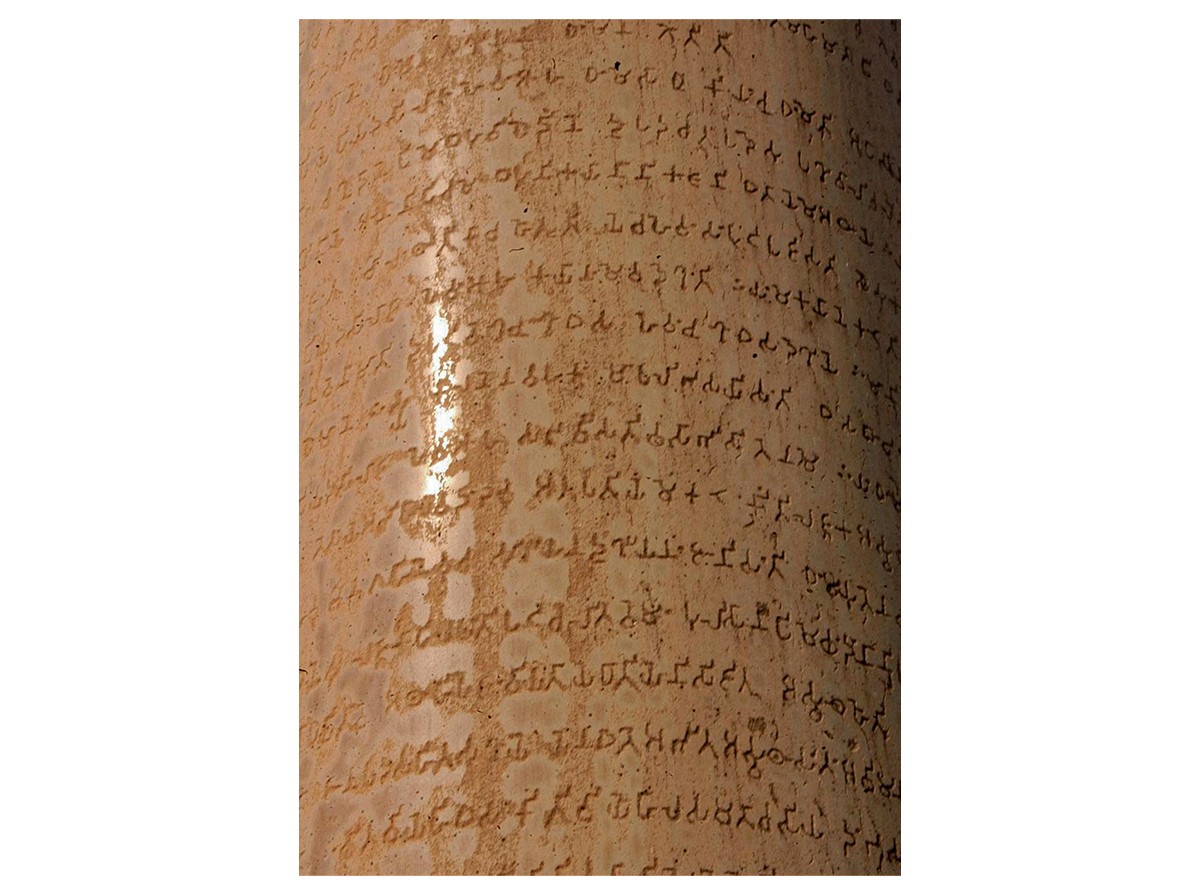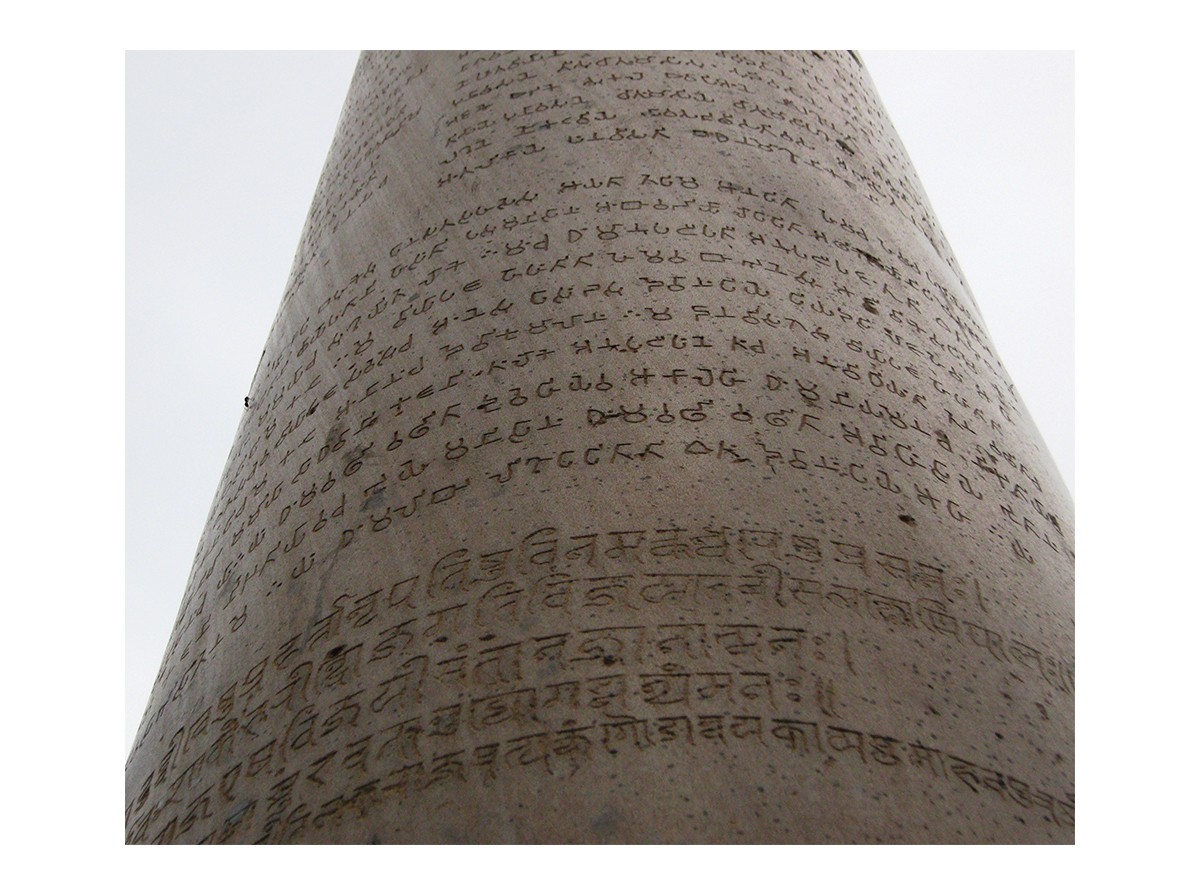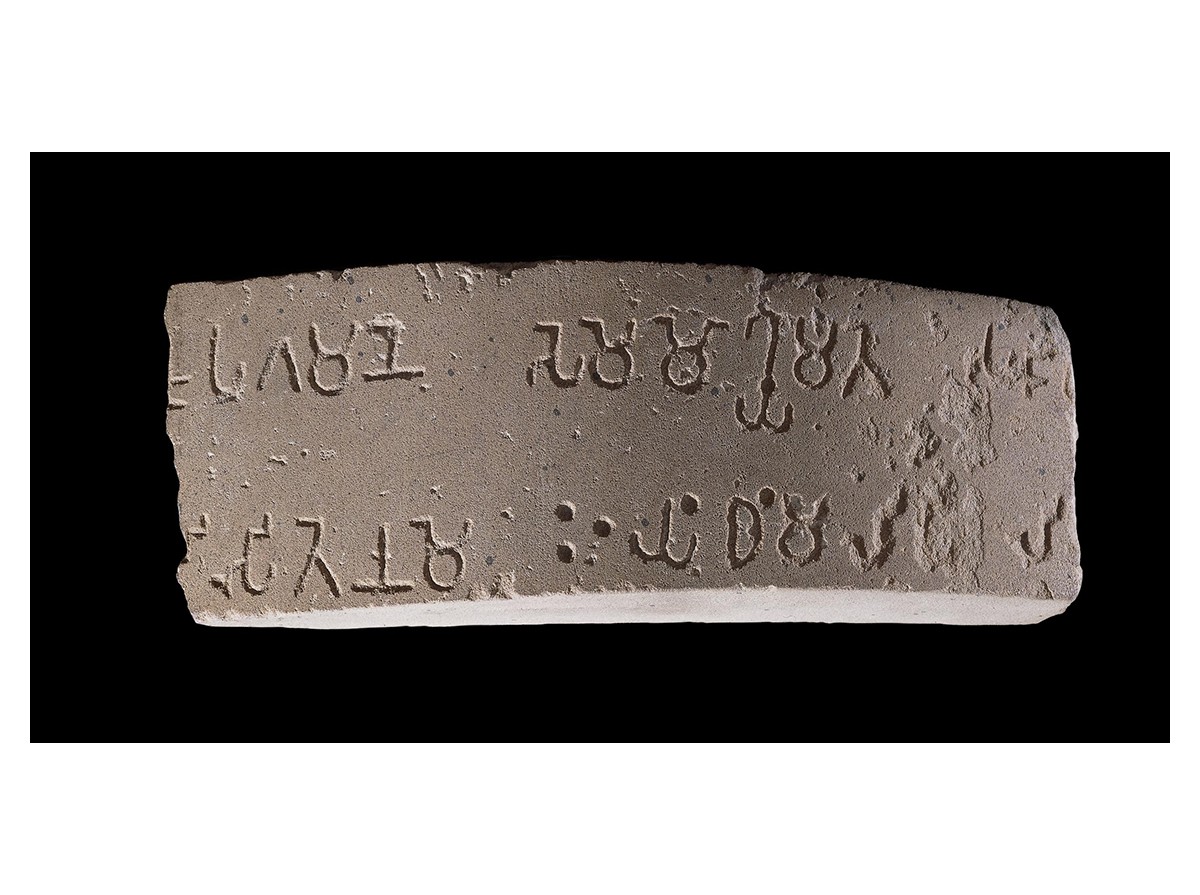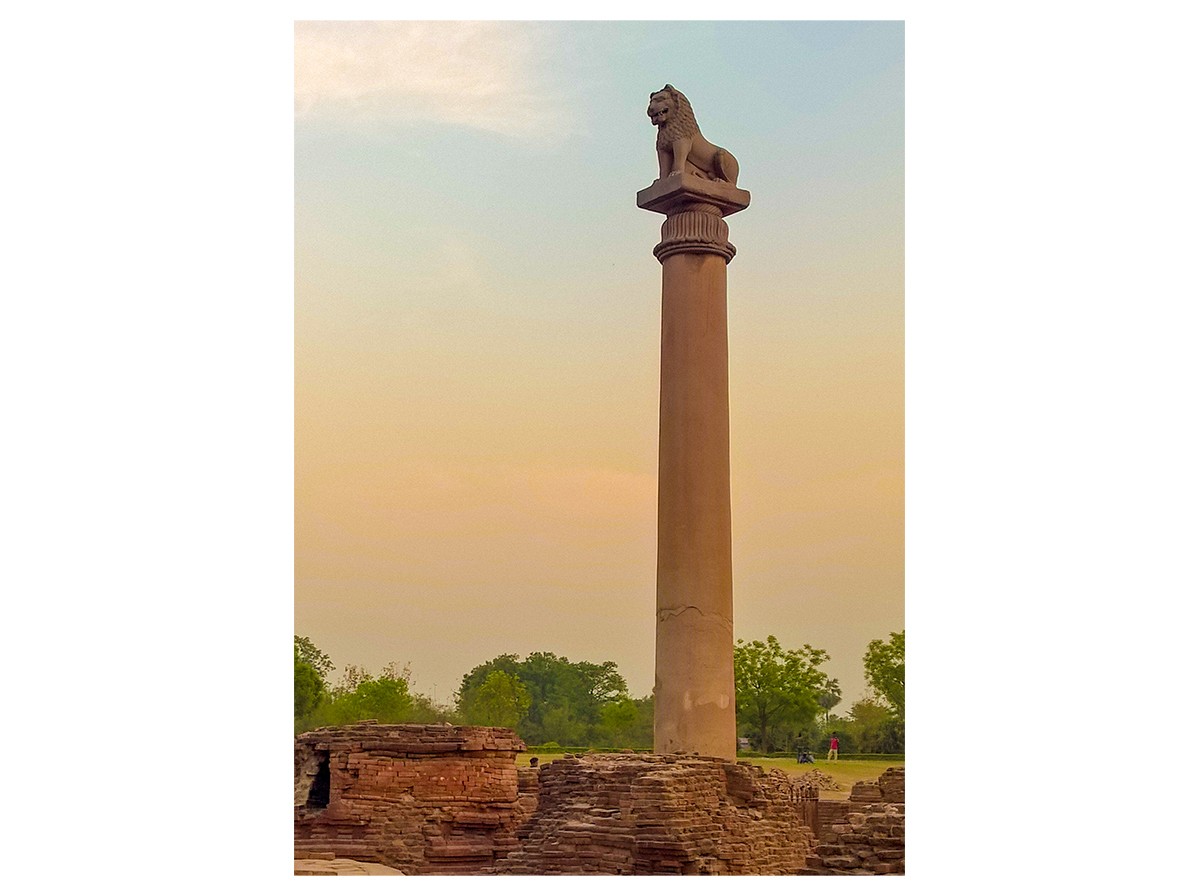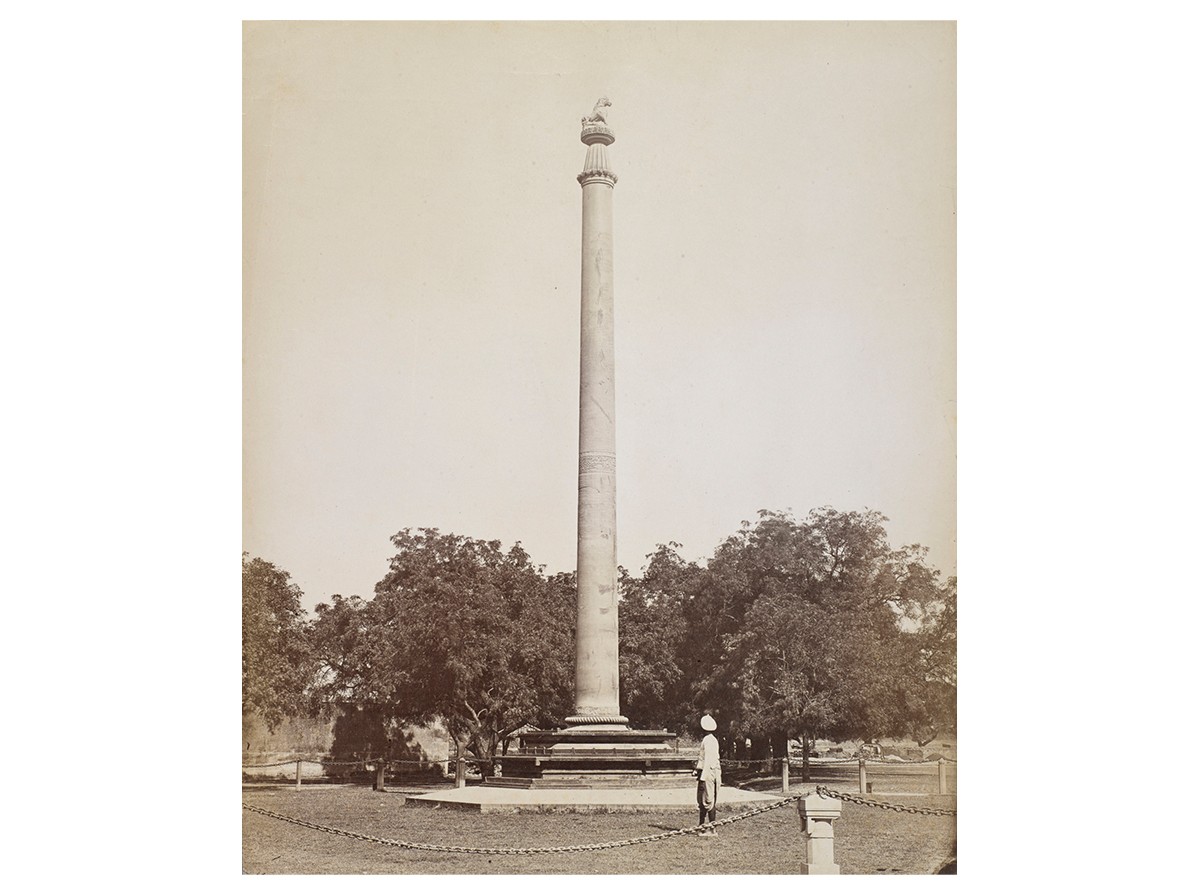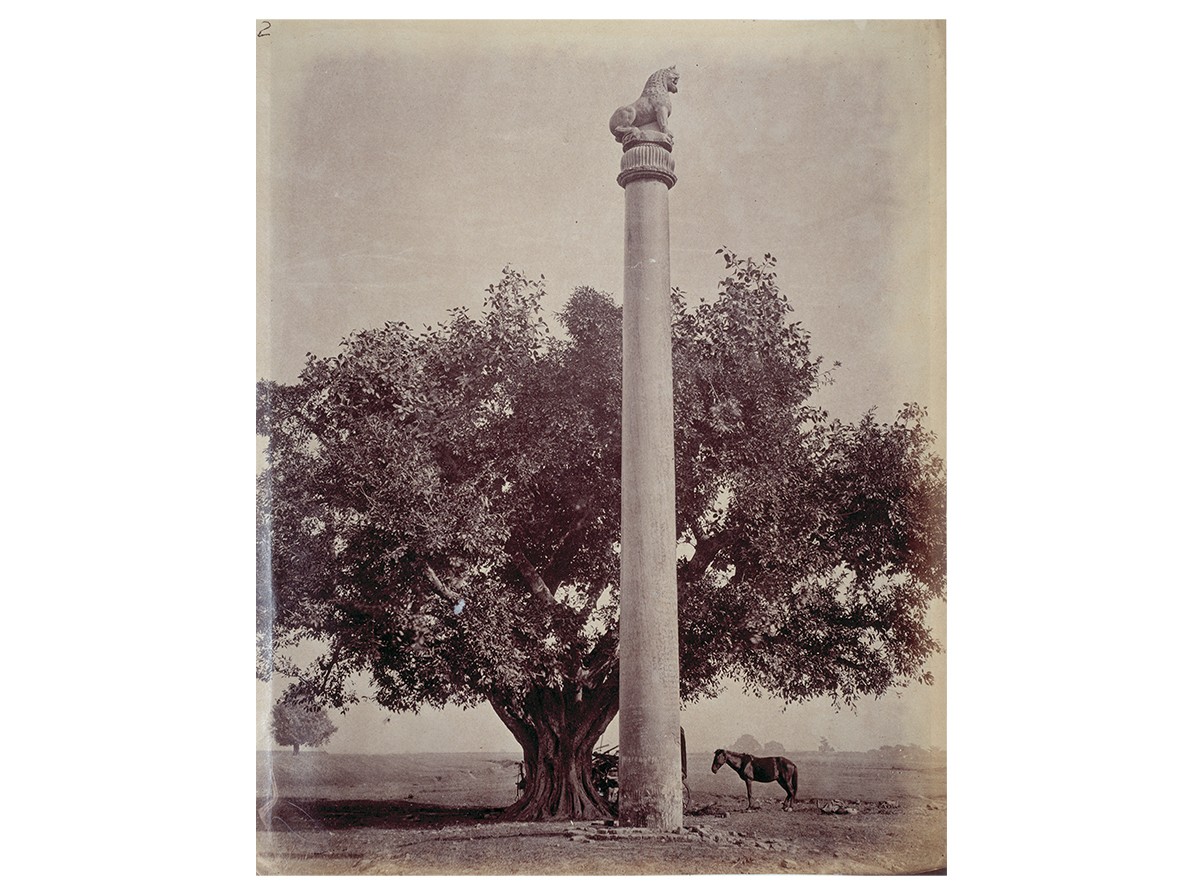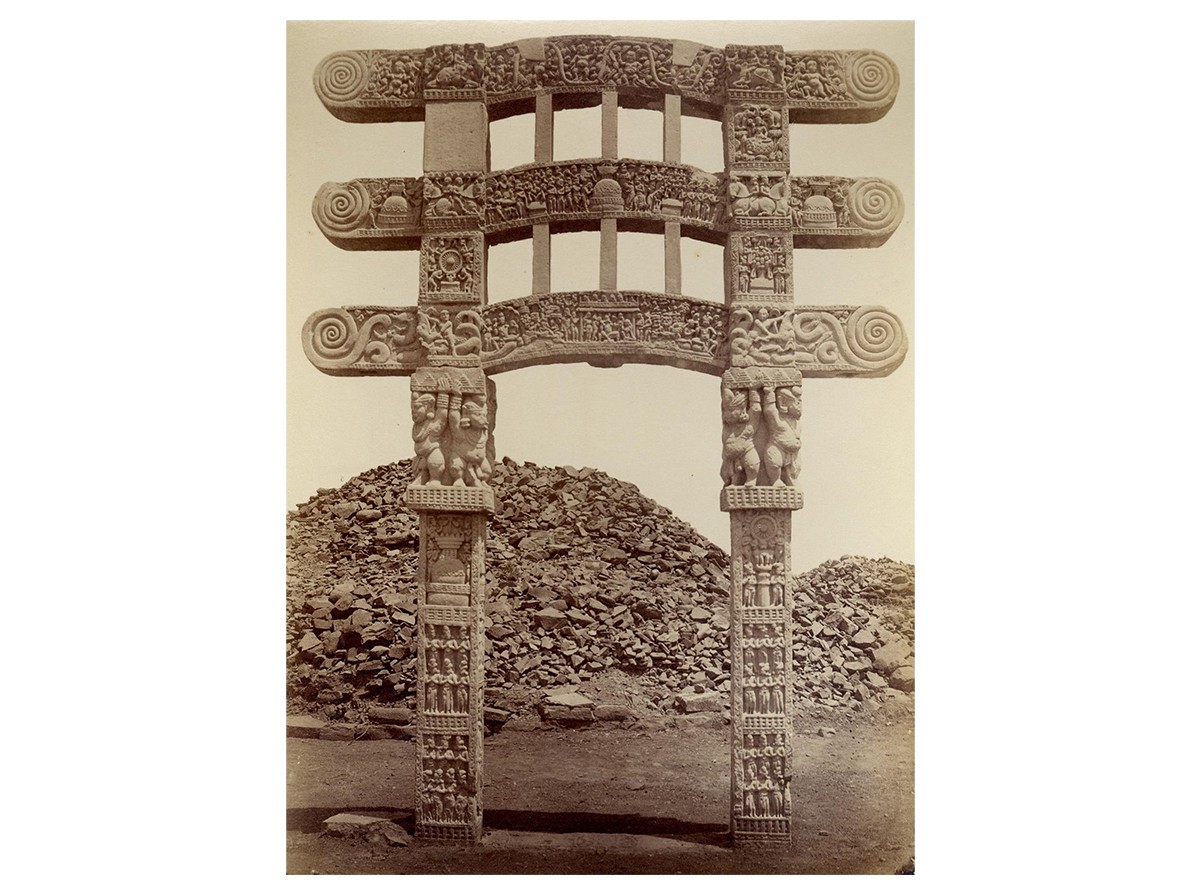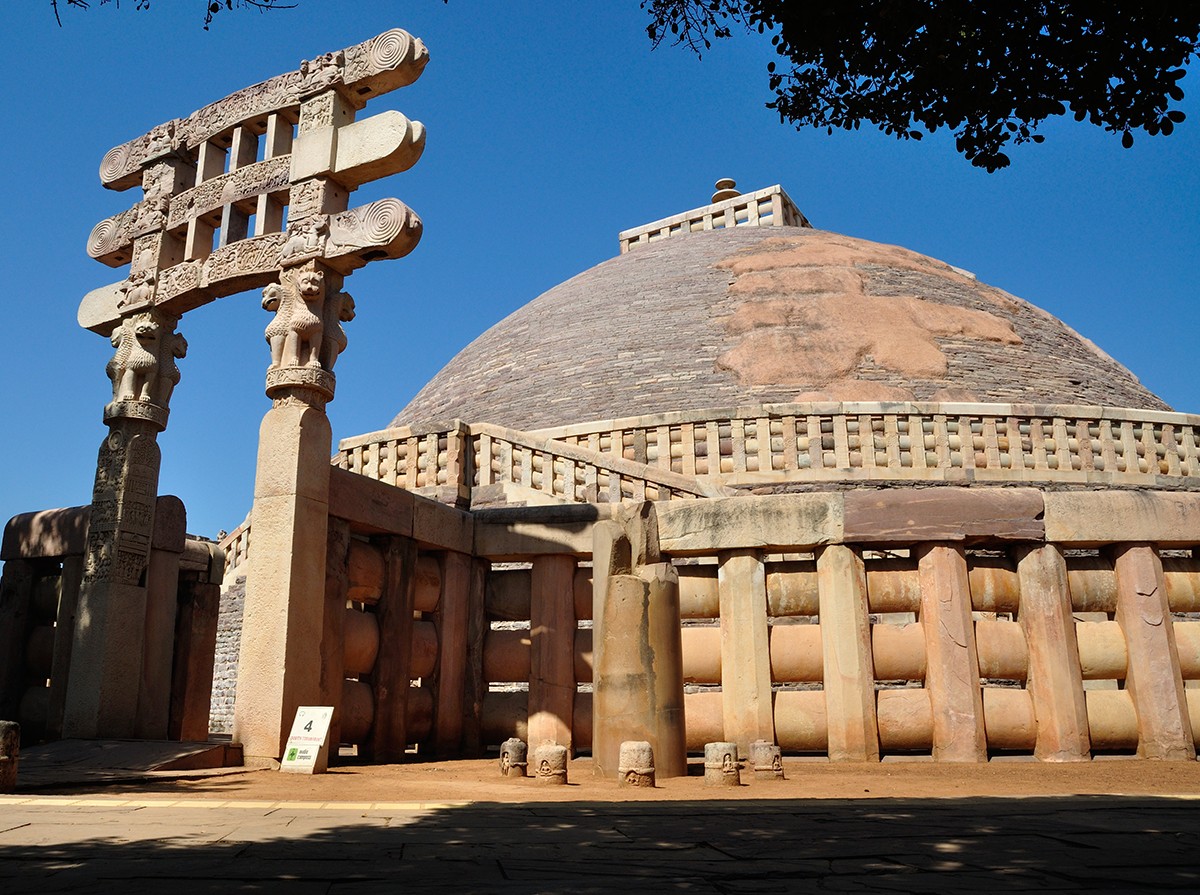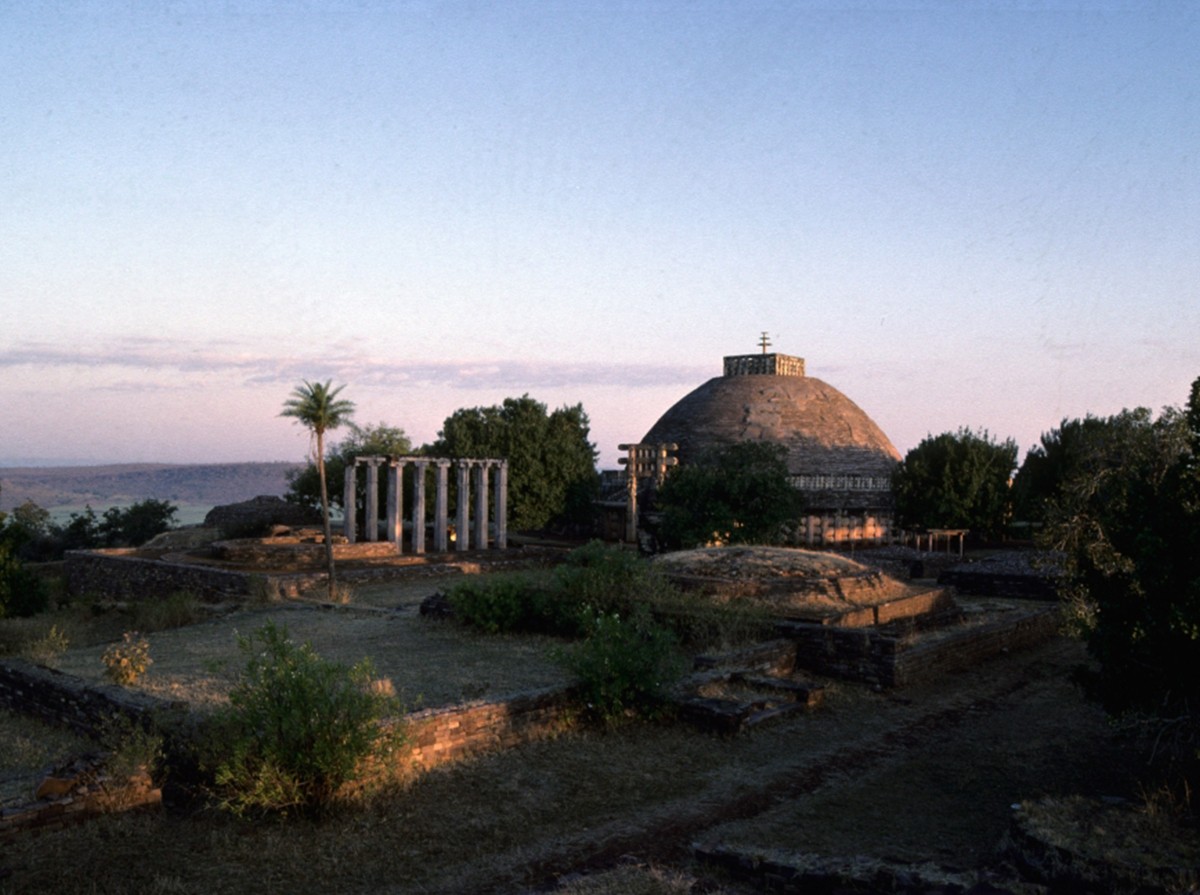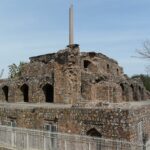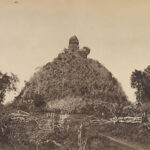Ashoka Commissions Edicts
250 BCE
The Mauryan ruler Ashoka commissions a series of edicts across his territories, which are often carved in rock. In the metropolitan core of the empire, stone pillars bearing his edicts are erected. These will constitute some of the earliest and most sophisticated examples of early historic South Asian art, being distinguished by a high degree of naturalism and a distinctive surface treatment now known as Mauryan polish’. Imitations of Ashokan edicts are commissioned across the subcontinent, especially in the Deccan, by local elites. Trade and religious networks — especially Buddhist — begin to expand alongside this. A series of monumental stone and earth stupas, including the Sanchi Stupa, are commissioned, suggesting an already established tradition of architecture and sculpture in wood.
Bibliography
Irwin, John. “The True Chronology of Aśokan Pillars.” Artibus Asiae 44, no. 4 (1983): 247–65. www.jstor.org/stable/3249612.
Beckwith, Christopher I. Greek Buddha: Pyrrho’s Encounter with Early Buddhism in Central Asia. Princeton, NJ: Princeton University Press, 2017.
Thapar, Romila. Asoka and the Decline of the Mauryas. Delhi: Oxford University Press, 1997.
Feedback 
This entry appears in
Art in South Asia
Visit Timeline
Associated Timeline Events
First Published: March 11, 2024
Last Updated: May 20, 2024



